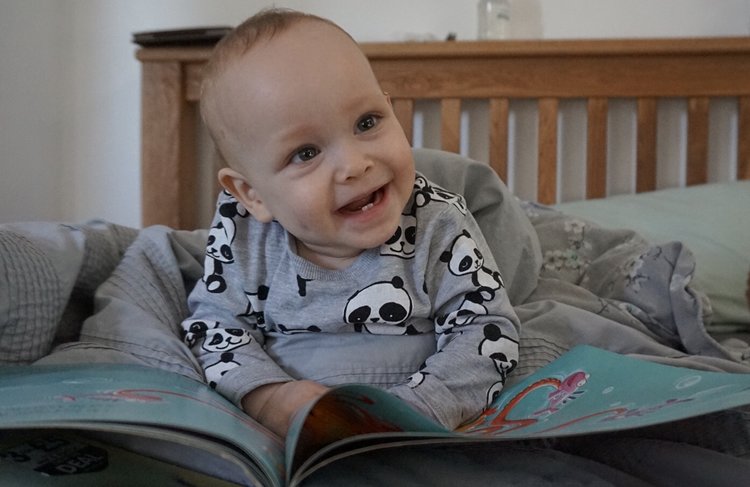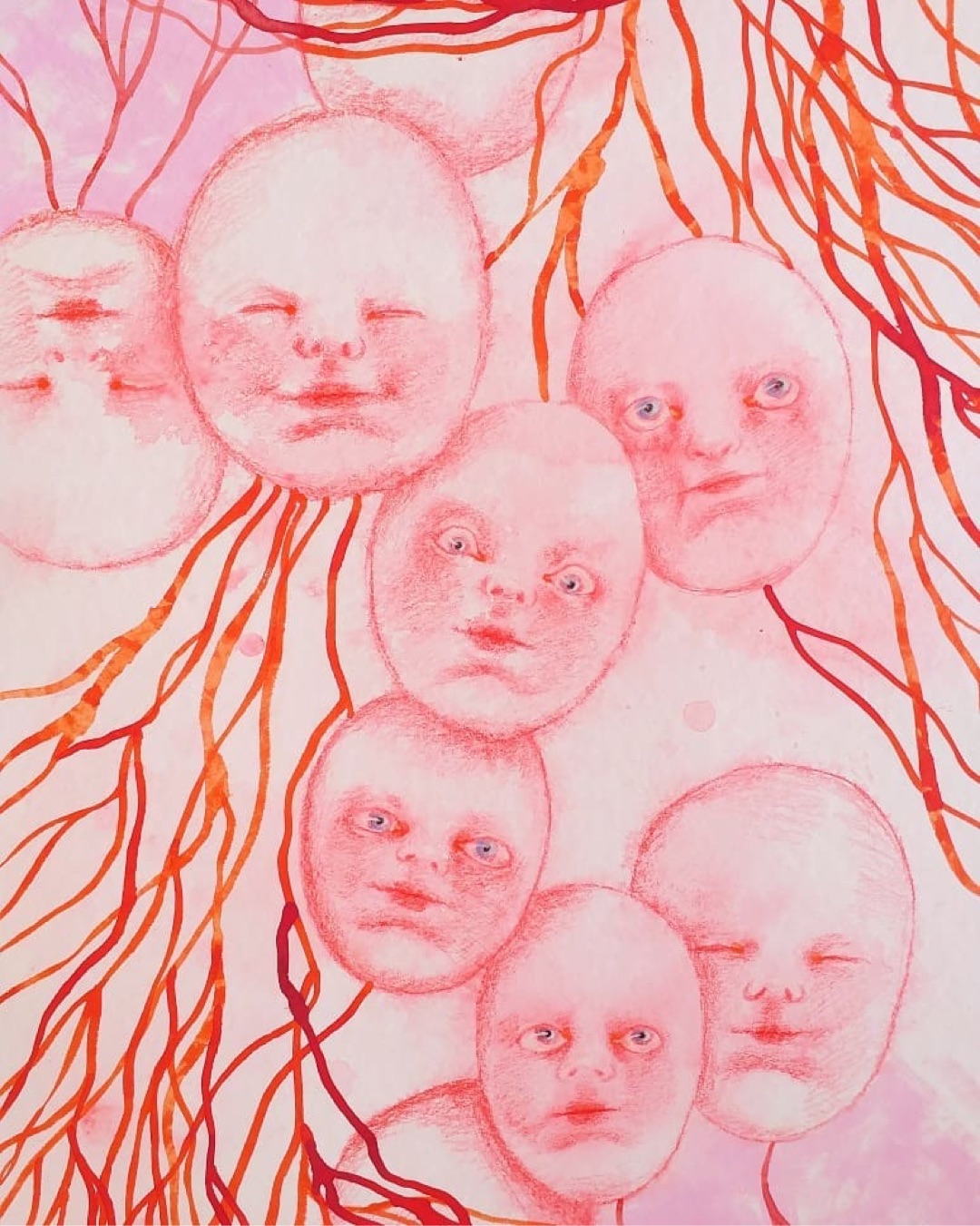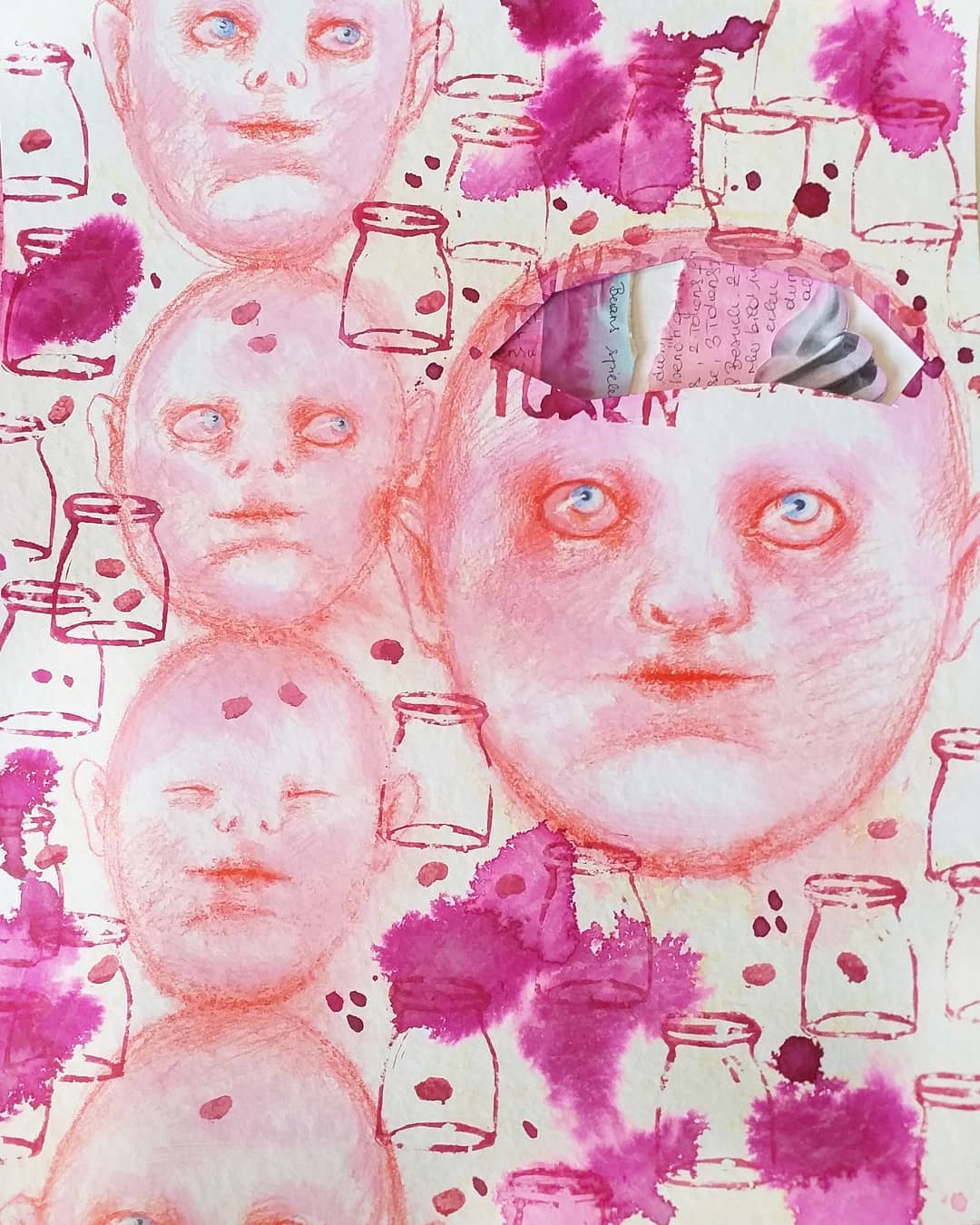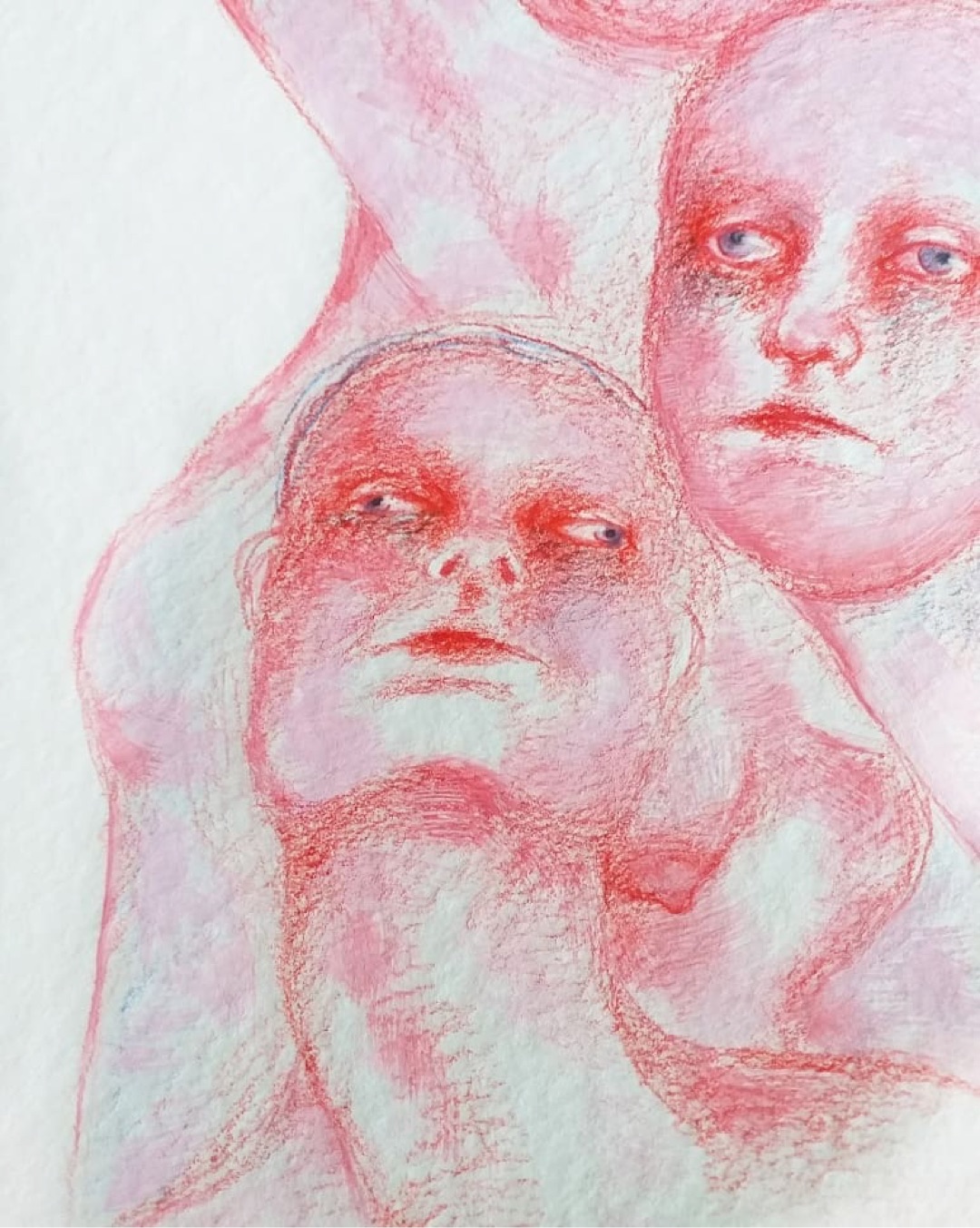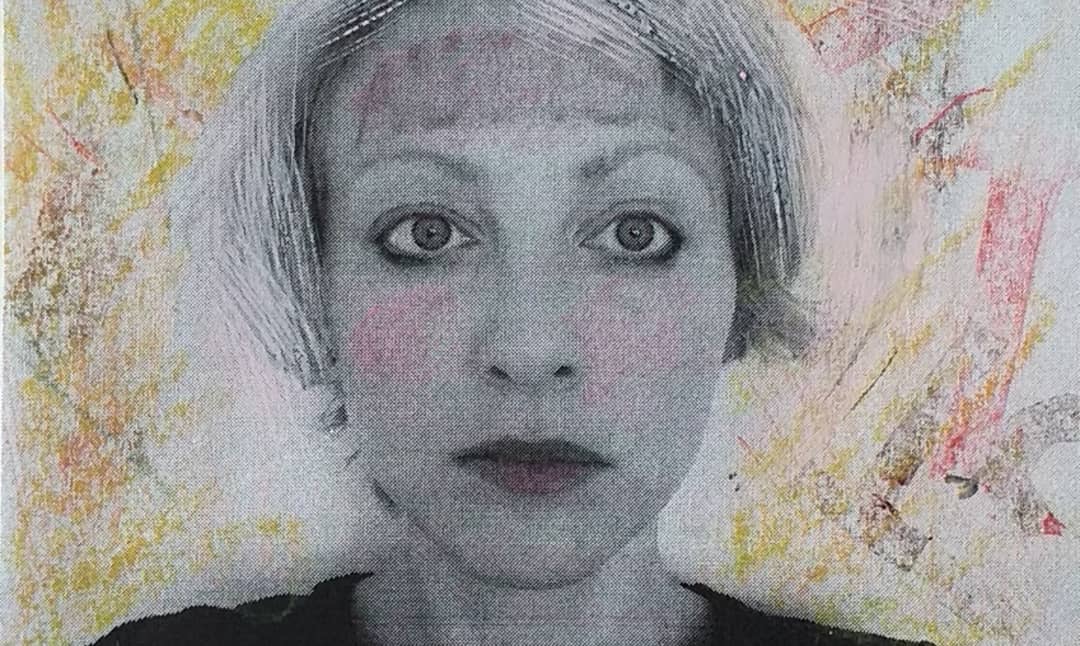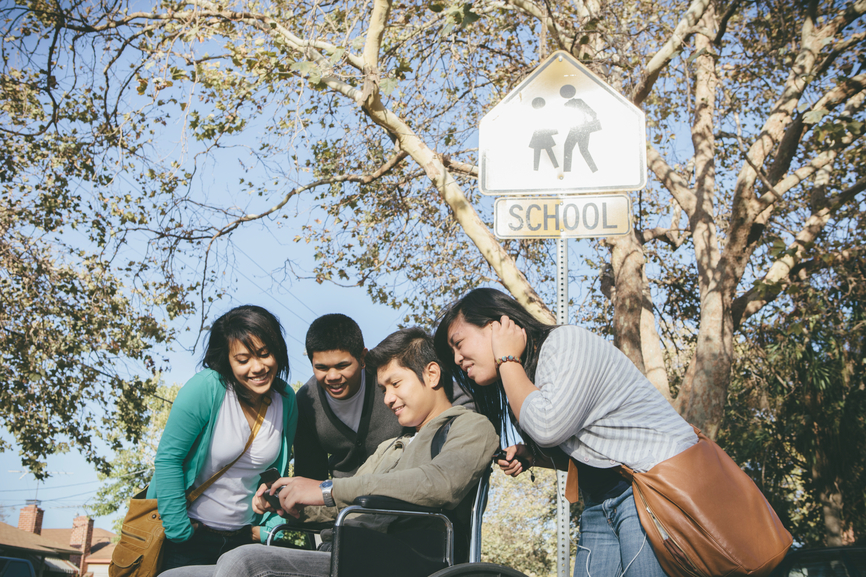The Beginning
Annabelle was born at 10:30 pm on November 1st, 2016 at 34 weeks gestation. She weighed only 4lb 4oz. Annabelle was brought into the world early by an emergency caesarean section as a result of reduced feral movements which arose due to pre-eclampsia. Pre-eclampsia is a condition which affects a small proportion of pregnant women and while the cause of it is unknown it is thought to occur when there is a problem with the placenta.
After being in and out of hospital for scans, monitoring and numerous checks for 2 weeks prior, it was decided that our little girl wasn’t happy where she was and needed to be delivered.
Annabelle was delivered breech and needed resuscitating. It took several minutes to get her to take her first breath. She was transferred to the Special Care Baby Unit with the support of oxygen. A cranial ultrasound revealed a grade 1 brain bleed which resolved prior to her discharge and she had phototherapy on day 2 due to being jaundiced. After a couple of days in special care Annabelle started to thrive and the staff were amazed at how well she was doing. Everything seemed great and Annabelle was discharged on the eighth day of her life.
The next few months everything was going well. Annabelle did battle with a cow’s milk protein allergy which caused her pain and discomfort and she also suffered from reflux causing her to vomit several times a day (which we now know was a symptom of her Cerebral Palsy and the lack of tone in her stomach muscles) but once we knew how to manage this and removed dairy from her diet, things became easier.
As first time parents you watch everything your child does, encourage them to hit their milestones and brag to your family and friends about how well they are doing. Concerns about Annabelle’s development began, however, when she was still not able to sit without assistance by 9 months old. She was also doing various things that just seemed ‘different’: for example she had strange uncontrollable movements, she favored her right arm over the left and her hands were regularly clenched in fists. We put it down to Annabelle’s prematurity but we were secretly concerned and spent hours upon hours scouring the internet to research possible causes of the signs she was exhibiting. While Cerebral Palsy was at the front of our minds, it was something that was not spoken of.

